The American Midwest offers far more than endless cornfields and flat expanses. Hidden throughout America’s heartland are state parks that rival their more famous national counterparts in beauty, adventure potential, and natural diversity. From towering sandstone canyons to pristine lake shores, these protected areas showcase nature at its finest without the crowds or high entrance fees of bigger-known destinations.
Here is a list of 15 spectacular state parks across the Midwest that deserve a spot on every nature enthusiast’s travel itinerary.
Starved Rock State Park

Nestled along the Illinois River, this park defies Midwestern stereotypes with its dramatic sandstone canyons and tumbling waterfalls. Eighteen glacier-carved canyons slice through the landscape, creating a hiking paradise that transforms with the seasons.
Spring brings raging waterfalls, summer offers lush canopies, fall explodes with color, and winter decorates the canyons with massive ice formations. The park’s 13 miles of well-maintained trails provide access to lookout points that would seem more at home in the Appalachians than in the Prairie State.
Cuyahoga Valley State Park
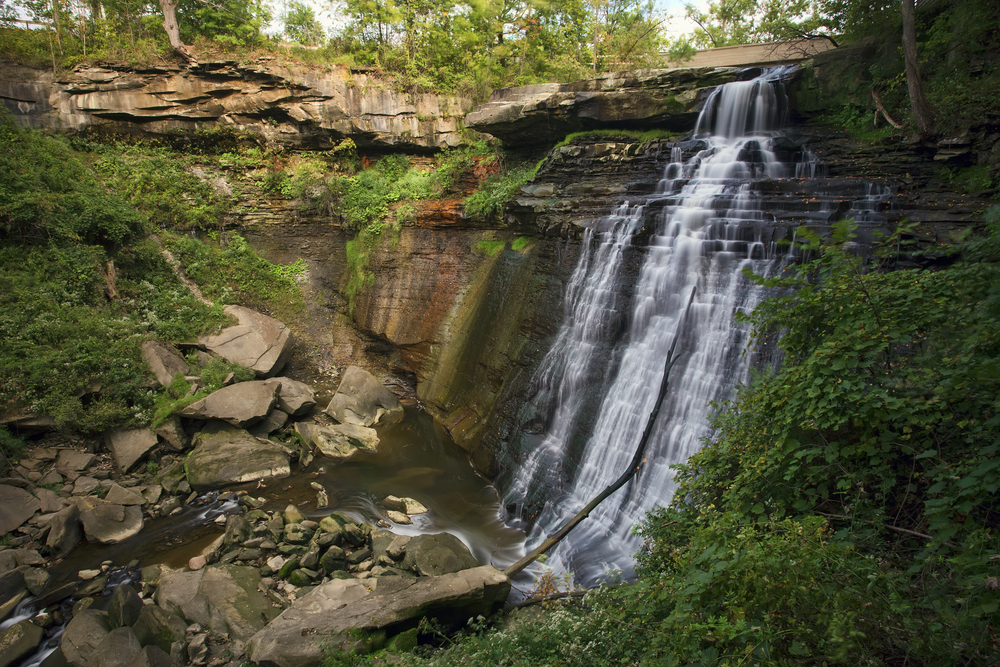
Stretching between Cleveland and Akron, this Ohio gem protects a stunning river valley dotted with rolling hills, dense forests, and over 125 waterfalls. The centerpiece Brandywine Falls plunges 65 feet over sandstone cliffs, while the historic Ohio & Erie Canal Towpath Trail offers 20 miles of flat, accessible pathways perfect for cycling.
Wildlife enthusiasts frequently spot beavers, river otters, and bald eagles throughout the park’s diverse habitats. The valley’s unique position between urban centers makes it an accessible nature escape that feels worlds away from city life.
Like Travel Pug’s content? Follow us on MSN.
Peninsula State Park

Wisconsin’s Door County jewel combines limestone bluffs, sandy beaches, and Northwood forests along the shores of Lake Michigan. Cyclists flock to the 10-mile Sunset Trail that winds through diverse ecosystems, while paddlers explore sea caves and hidden coves along the park’s eight miles of shoreline.
The 1860s Eagle Bluff Lighthouse still stands watch over Green Bay waters, offering tours that combine maritime history with panoramic views. Come autumn, the park’s maple forests transform into a photographer’s dream of crimson and gold reflected in the clear blue waters.
Hocking Hills State Park

Deep in southeastern Ohio, this park showcases some of the Midwest’s most dramatic landscapes carved from Black Hand sandstone. Old Man’s Cave features a half-mile gorge with waterfalls, rock bridges, and ancient hemlock trees that create an almost primeval atmosphere.
Nearby, Ash Cave forms the largest recess cave in Ohio, with a seasonal waterfall dropping 90 feet into a plunge pool. The park’s extensive trail system connects seven major natural features while passing through hemlock-shaded ravines and across moss-covered outcroppings that seem transported from Appalachia.
Porcupine Mountains Wilderness State Park

Michigan’s “Porkies” protect the largest tract of old-growth hardwood forest remaining in North America, spanning 60,000 acres along Lake Superior. The Lake of the Clouds provides the park’s signature vista – a stunning inland lake nestled between ancient forested ridges geologically dated to billions of years ago.
More than 90 miles of hiking trails traverse terrain ranging from shoreline to summit, with the possibility of spotting black bears, wolves, or moose along the way. Winter transforms the park into a paradise for snowshoers and backcountry skiers seeking solitude among snow-laden hemlocks.
Like Travel Pug’s content? Follow us on MSN.
Maquoketa Caves State Park
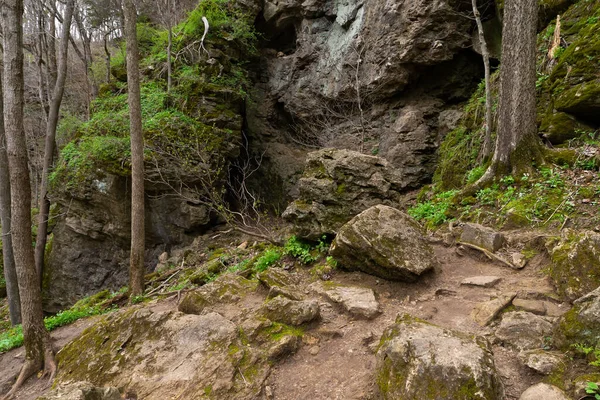
Iowa’s most unique state park features a landscape riddled with limestone caves, rock shelters, and rugged bluffs unlike anything else in the state. More than a dozen caves await exploration, from the 1,100-foot Dancehall Cave with its lighted walkway to wild caves requiring flashlights and a willingness to crawl.
Above ground, the six-mile trail system winds through oak and maple forests, connecting the cave entrances and natural bridges. The park’s unusual karst topography creates microhabitats supporting rare ferns, lichens, and animals adapted to life between surface and subterranean worlds.
Turkey Run State Park
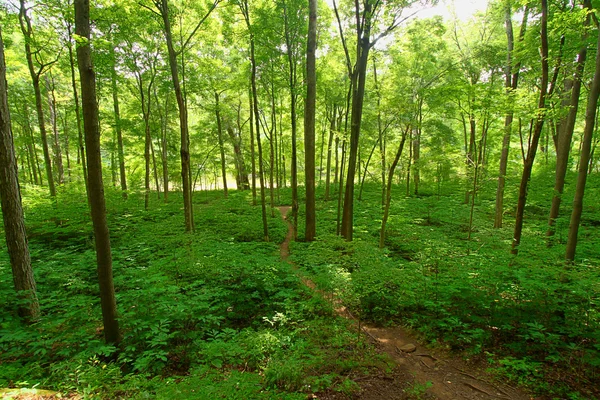
Indiana’s crown jewel preserves ancient geological wonders formed when melting glaciers carved deep sandstone ravines through landscapes untouched by glaciation. Sugar Creek flows through the park’s heart, flanked by 200-foot cliffs and hemlock groves that have survived since the last ice age.
The famous Trail 3 challenges hikers with ladder climbs, stream crossings, and narrow passages between towering rock walls. Nature has sculpted the park’s standout features over millions of years – from the bowl-shaped Falls Canyon to the perfectly rectangular Ice Box formation.
Ledges State Park
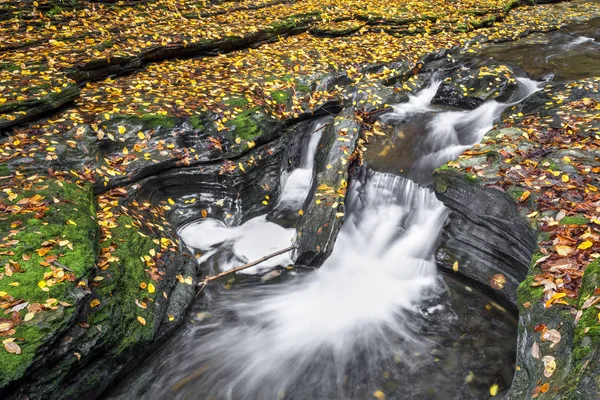
Central Iowa’s dramatic sandstone cliffs rise to 100 feet above the Des Moines River, creating a landscape that feels transported from much farther east. The park’s signature trail descends a series of stone staircases through the heart of the canyon, where mosses and ferns thrive in the cool, damp microclimate.
Scenic overlooks provide views across the river valley, especially stunning when autumn colors peak in mid-October. Depression-era Civilian Conservation Corps structures blend seamlessly into the landscape, including stone shelters and bridges built from the same golden sandstone that forms the park’s namesake ledges.
Like Travel Pug’s content? Follow us on MSN.
Itasca State Park
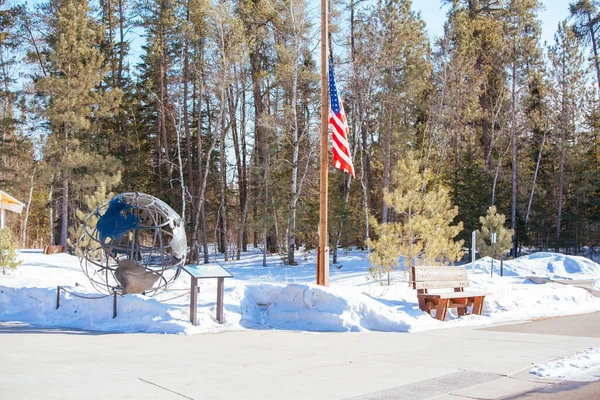
Minnesota’s oldest state park protects the headwaters of the Mississippi River, where America’s mightiest waterway begins as a gentle stream flowing from Lake Itasca. Visitors can wade across the infant Mississippi, stepping from stone to stone at the start of the river’s 2,552-mile journey to the Gulf of Mexico.
Beyond this iconic site, the park preserves over 32,000 acres of pristine wilderness containing some of Minnesota’s oldest red and white pines, some over 250 years old. The 16-mile Wilderness Drive offers access to hiking trails leading to crystal-clear lakes, bogs, and stands of ancient forest.
Palisades-Kepler State Park
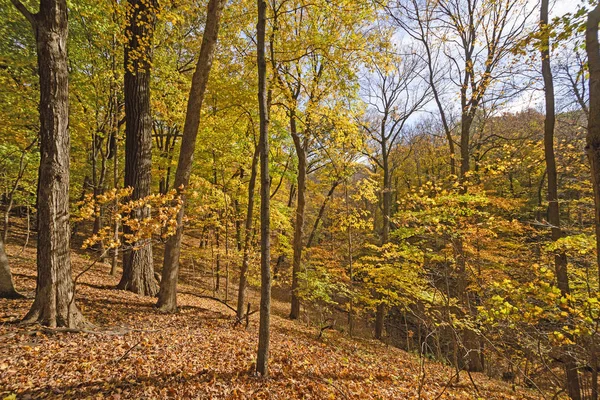
Eastern Iowa’s dramatic river corridor features 100-foot limestone cliffs rising above the Cedar River, creating vistas that seem borrowed from much larger mountain ranges. Water has sculpted the stone into fascinating formations, including the balanced “Devil’s Lane” rock and numerous caves tucked along the cliff faces.
A challenging trail system hugs the bluffs, offering sweeping views across the river valley through gaps in the mature oak-hickory forest. The historic stone lodge, another CCC masterpiece, provides a perfect picnic spot with panoramic views of the river flowing past limestone outcroppings.
Ha Ha Tonka State Park
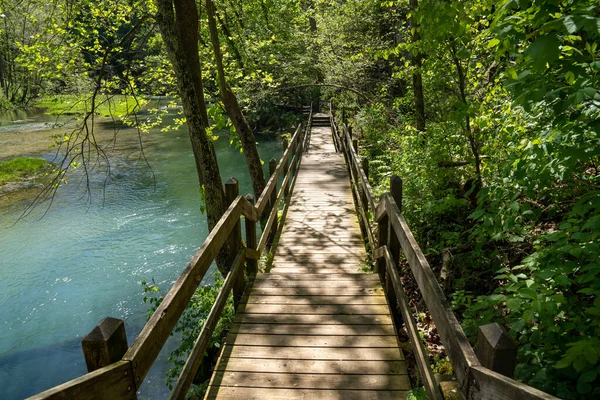
Missouri’s Ozark gem combines spectacular geology with fascinating history, centered around the stone ruins of a 1900s castle overlooking Lake of the Ozarks. Natural bridges, sinkholes, and a 150-foot-deep collapsed cave system known as the “Colosseum” showcase the park’s karst landscape sculpted by water over millennia.
The aquamarine waters of the park’s spring pump 48 million gallons daily into the lake, creating a stunning blue pool surrounded by forested bluffs. Wooden boardwalks provide access to unique habitats, from savannas to woodlands to Missouri’s largest natural bridge.
Like Travel Pug’s content? Follow us on MSN.
Wildcat Den State Park
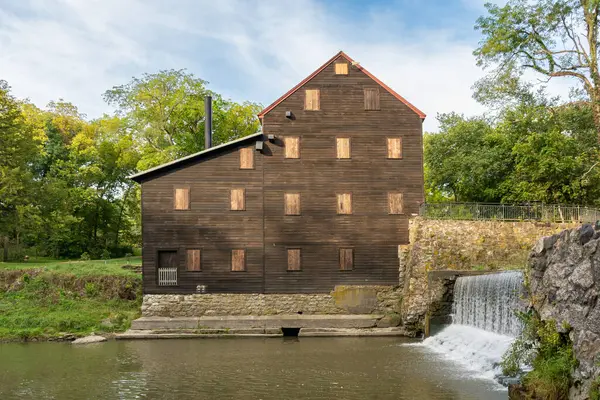
This eastern Iowa hideaway packs remarkable geological diversity into just 400 acres along the Mississippi River. The park’s namesake “den” consists of massive sandstone formations with crevices, overhangs, and small caves that create a natural playground.
Historic Pine Creek Grist Mill, built in 1848, still stands with its original equipment intact, demonstrating how early settlers harnessed water power. The trail system connects natural wonders like “Steamboat Rock” and “Devil’s Punch Bowl” while passing through unexpected pockets of lush ferns and wildflowers nestled among the rock formations.
Whitewater State Park
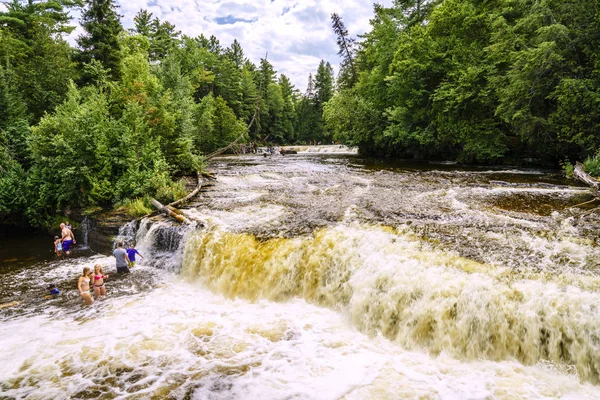
Tucked into southeastern Minnesota’s driftless region, this park features steep limestone bluffs, crystal-clear trout streams, and valleys untouched by glaciation. The park’s namesake Whitewater River carries hardly any silt, maintaining exceptional clarity as it winds through the valley between 400-foot bluffs.
Hiking trails climb to panoramic overlooks where visitors can spot soaring eagles and hawks riding thermals above the valley. The park’s unique location in a “weathered moraine” creates diverse habitats supporting rare orchids, timber rattlesnakes, and one of the state’s healthiest populations of cerulean warblers.
Lake of the Ozarks State Park
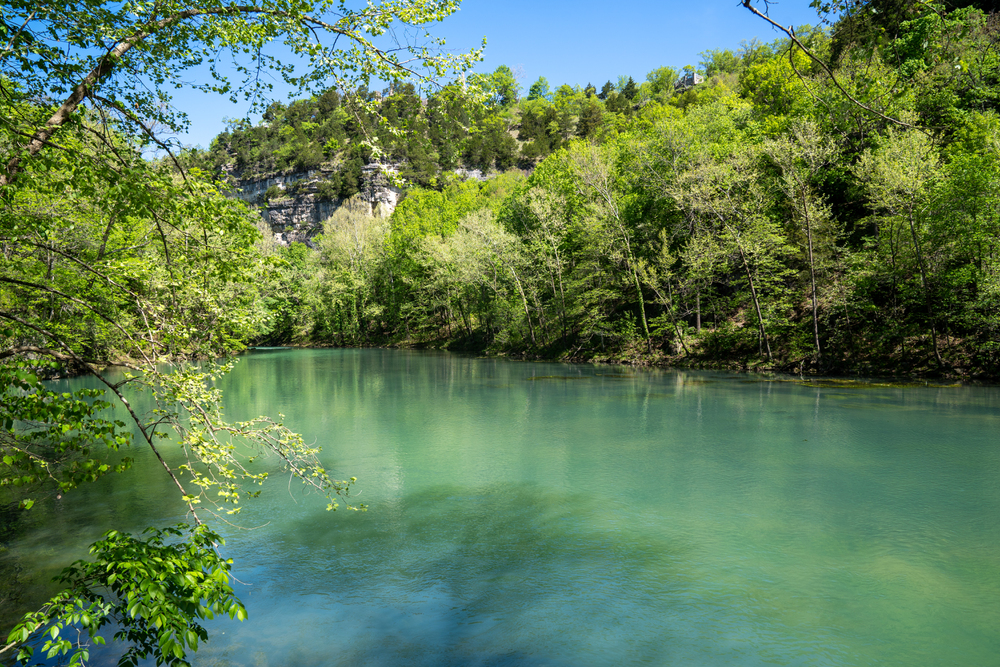
Missouri’s largest state park protects 17,500 acres of oak-hickory forest along the shorelines of the massive Lake of the Ozarks. More than 85 miles of lakefrontage create endless opportunities for swimming, fishing, and boating, while the park’s interior conceals fascinating geological features.
Honey Run Trail leads to a rare desert ecosystem complete with prickly pear cactus growing amid glades shaped by thin soil and southern exposure. The remarkable Ozark Caverns feature unusual “angel showers” – never-ending water droplets that seem to emerge directly from solid rock ceilings without stalactites.
Like Travel Pug’s content? Follow us on MSN.
Tettegouche State Park
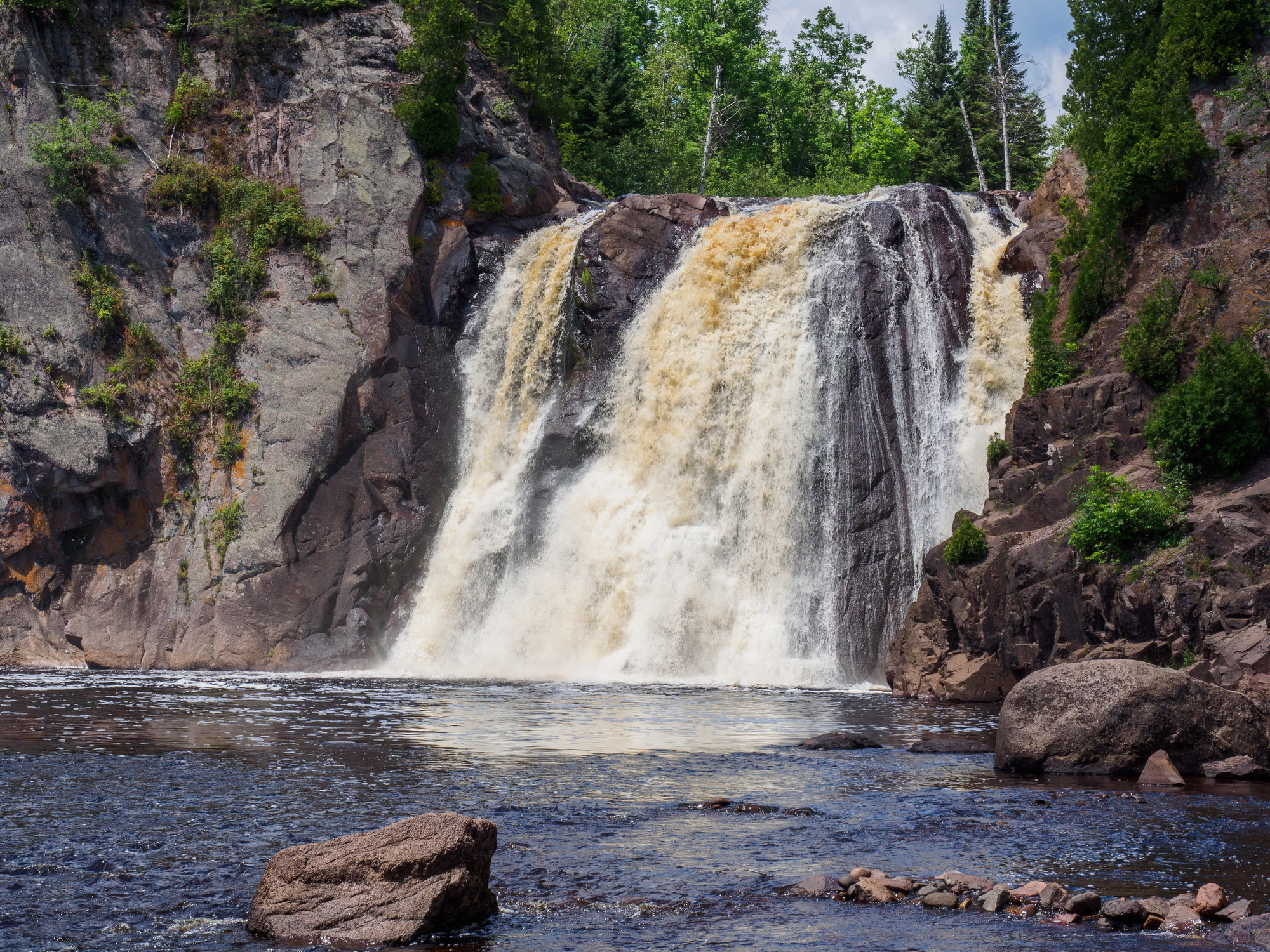
Minnesota’s North Shore showcase combines the raw power of Lake Superior with the ancient beauty of the Sawtooth Mountains. Dramatic shoreline cliffs rise 100 feet above the world’s largest freshwater lake, while inland, the Baptism River plunges through a series of waterfalls, including the 60-foot High Falls, Minnesota’s highest waterfall within state boundaries.
Former logging roads now serve as trails leading to overlooks where peregrine falcons nest among sheer rock faces. The park preserves rare arctic-alpine plants that have survived here since the last ice age, including the fragile butterwort found nowhere else in the Midwest.
Beyond the Expected
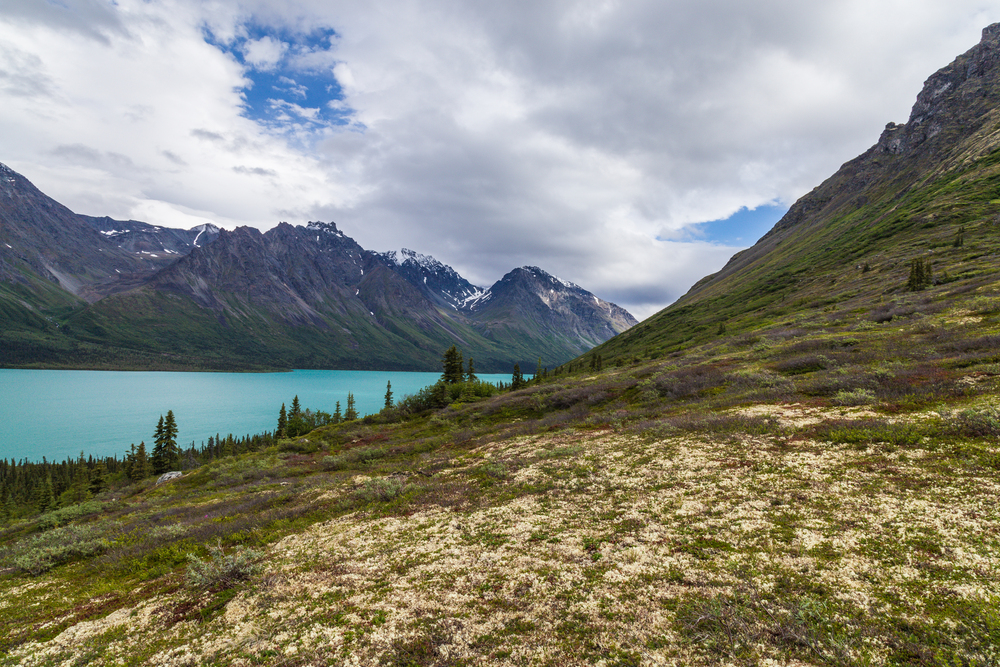
The Midwest’s state parks offer extraordinary natural experiences that challenge stereotypes about America’s heartland. These protected areas preserve ancient geological wonders, pristine ecosystems, and outdoor adventures ranging from mild to wild.
Whether scaling sandstone cliffs in Illinois, kayaking sea caves in Wisconsin, or watching the Mississippi River take its first steps in Minnesota, these 15 parks showcase the remarkable natural diversity hidden throughout the nation’s Midwest.
More from Travel Pug

- Cities Growing so Fast You Won’t Recognize Them in 10 Years
- 13 Destinations Where Tourists Regularly Regret Their Trip
- 16 U.S. Cities That Are Quietly Becoming Travel Hotspots
- Where to Travel If You Love Long Bus Rides and Daydreams
- 20 Cities Perfect for Solo Travelers Who Crave Adventure & Culture
Like Travel Pug’s content? Follow us on MSN.
